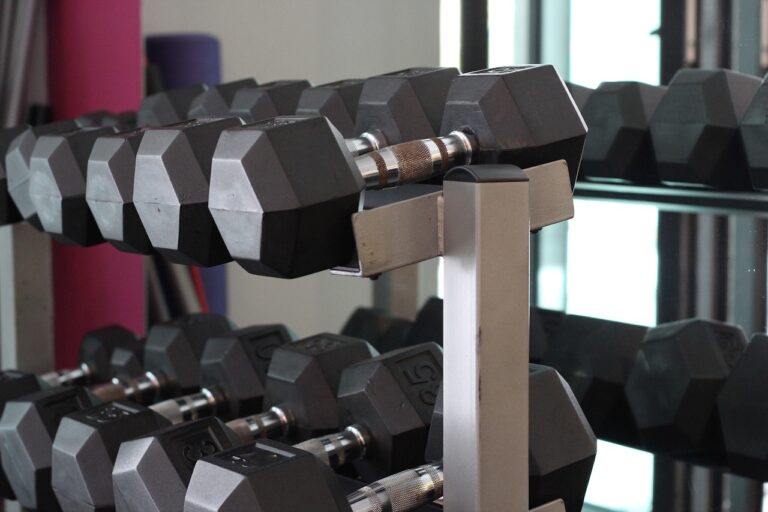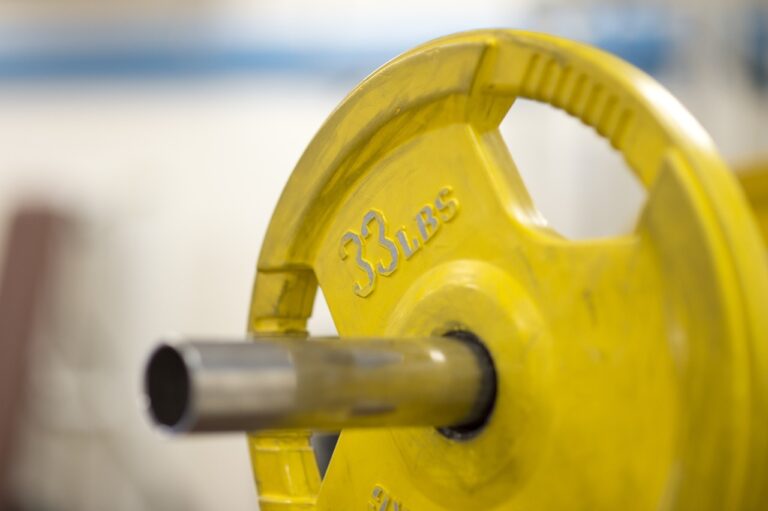3D Printing in the Healthcare Industry
When it comes to the challenges of implementing 3D printing in healthcare, one of the primary concerns is the regulatory framework surrounding the technology. Ensuring that 3D printed medical devices and products meet the necessary safety and quality standards set by regulatory authorities can be a complex and time-consuming process. Additionally, the costs associated with 3D printing technology can be prohibitive for some healthcare facilities, making it challenging for widespread adoption.
On the other hand, there are numerous opportunities for leveraging 3D printing in the healthcare sector. One significant advantage is the potential for personalized medicine, where custom medical devices and implants can be created to fit the unique needs of individual patients. This level of customization can lead to improved patient outcomes and satisfaction. Additionally, 3D printing offers the possibility of creating complex structures and designs that would be difficult or impossible to produce using traditional manufacturing methods. This opens up new possibilities for innovative treatments and approaches in healthcare.
Advancements in 3D Printing Technology for Medical Applications
3D printing technology has revolutionized the field of healthcare by offering innovative solutions for various medical applications. From creating customized implants and prosthetics to intricate surgical models, the versatility of 3D printing has opened up new possibilities in patient care. One of the key advancements in this technology is the ability to use different materials, such as biodegradable polymers and bioinks, to produce patient-specific medical devices with enhanced biocompatibility.
Moreover, the continuous advancements in 3D printing software and hardware have allowed for more intricate and accurate designs to be created, leading to better outcomes for patients. The precision and speed of 3D printing technology have streamlined the production process of medical implants, reducing both cost and time. As researchers continue to explore and refine the capabilities of 3D printing in healthcare, new applications and opportunities are constantly emerging, promising a brighter future for personalized medicine.
The Impact of 3D Printing on Personalized Medicine
Personalized medicine, a field focused on tailoring medical treatment to individual patients based on their unique characteristics, has seen significant advancements with the integration of 3D printing technology. By utilizing 3D printing, medical professionals are able to create patient-specific implants, prosthetics, and surgical guides with unparalleled precision and customization. This level of personalization not only enhances the effectiveness of treatments but also minimizes risks and complications associated with traditional, one-size-fits-all approaches.
Furthermore, the versatility of 3D printing allows for the creation of anatomical models that accurately replicate a patient’s unique anatomy. These models serve as valuable tools for surgical planning, training, and patient education. By providing healthcare practitioners with tangible, detailed representations of internal structures, 3D printing enables them to practice procedures, anticipate challenges, and optimize outcomes in a way that was previously unattainable. This hands-on approach fosters a deeper understanding of each patient’s case, ultimately leading to more precise and successful interventions.
• 3D printing technology has revolutionized personalized medicine by allowing for the creation of patient-specific implants, prosthetics, and surgical guides
• The level of customization provided by 3D printing enhances treatment effectiveness while reducing risks and complications
• Anatomical models produced through 3D printing accurately replicate a patient’s unique anatomy, serving as valuable tools for surgical planning, training, and patient education
• Healthcare practitioners can practice procedures, anticipate challenges, and optimize outcomes using detailed representations of internal structures made possible by 3D printing technology
What are some challenges that 3D printing faces in the healthcare industry?
Some challenges include regulatory hurdles, material limitations, and the need for specialized training for medical professionals.
How has 3D printing technology advanced in the field of medicine?
3D printing technology has advanced in terms of precision, speed, and the range of materials that can be used for printing medical devices and implants.
How does 3D printing impact personalized medicine?
3D printing allows for the creation of customized medical devices and implants tailored to individual patient needs, leading to improved treatment outcomes and patient satisfaction.







